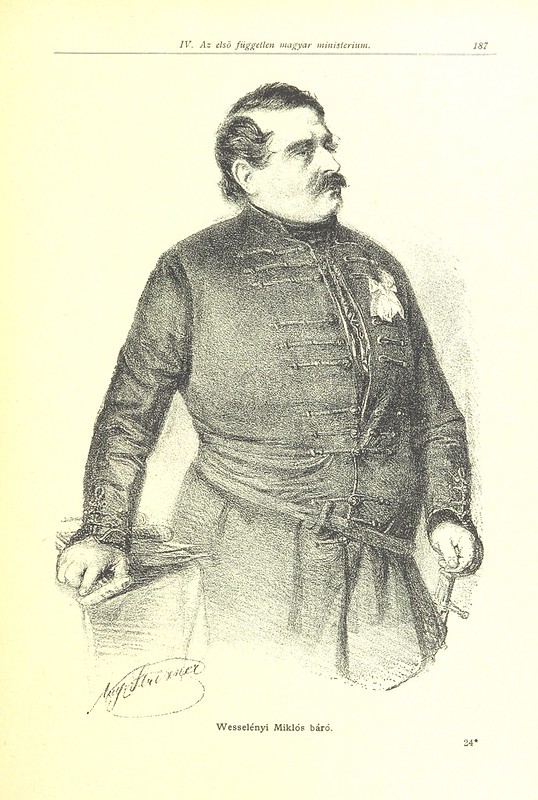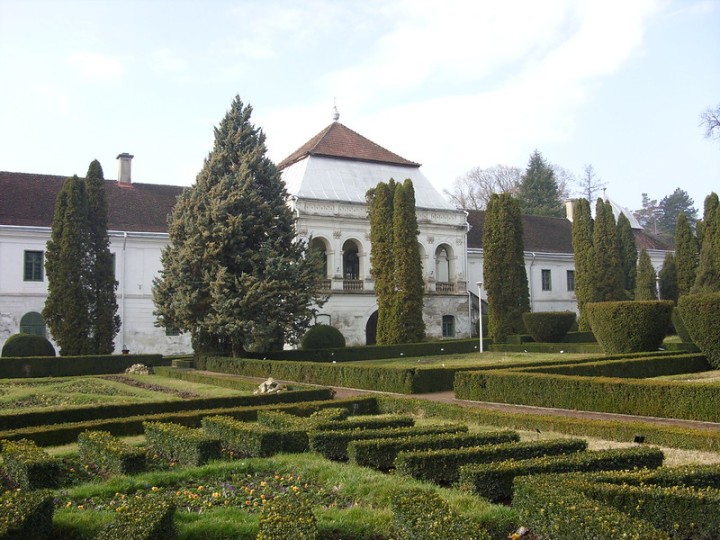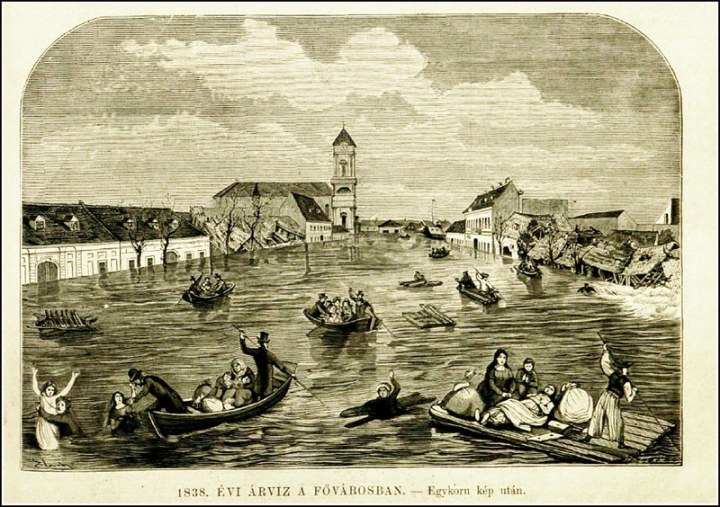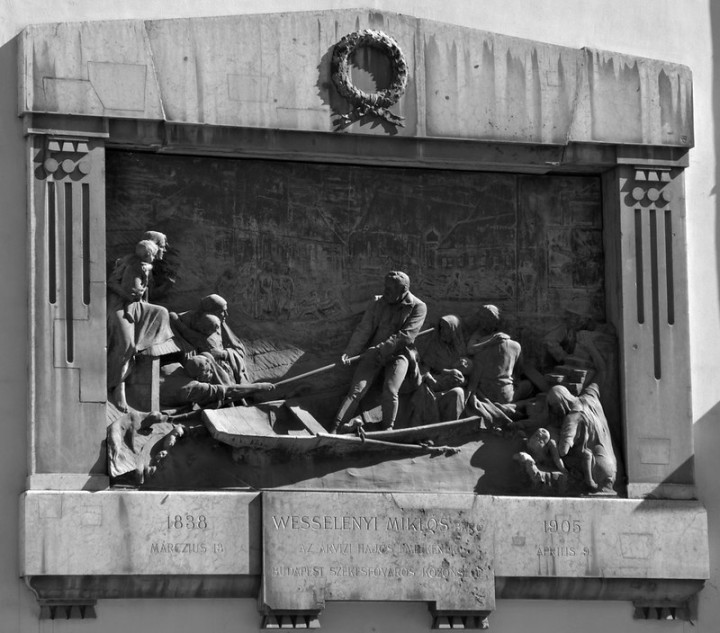Baron Miklós Wesselényi is one of the most known heroes in Hungary. He lived in the 19th century and became famous after he had selflessly saved many citizens’ life during the great flood of March in 1838.
The baron was born on 30th December 1796 in Zsibó (nowadays Jibou in Romania). As member of the Hungarian aristocracy, he had the best tutors and obviously, he was educated to make a political carrier. In 1818, he participated in the County Assemblies and after a tour in England and in France with count István Széchenyi (https://fromhungarywithlove.wordpress.com/2017/06/09/count-istvan-szechenyi-the-greatest-hungarian/), he became one of the leaders of the Opposition of Aristocracy.

The baron reformed the organization of his own estates: he freed the serfs and paid their education in agriculture. He cancelled the compulsory serf work (it meant 104 days of handwork or 52 days of yoke work by year) and partly the annuity (i.e. various taxes paid by the serfs to the noblemen). Moreover, baron Wesselényi wrote more books between 1833 and 1847 about the “serf question” and the Hungarian agriculture (for example horse breeding). He was the first who founded the silkworm culture in Hungary.

Beside agriculture, he was very interested in education as well, he worked as tutelary in a high school, founded printing house, and he suggested founding a kindergarten system in Hungary. In recognition of his efforts, the Hungarian Academy of Sciences elected him to its board of directors and later to among its provincial members.
Due to his confrontation with the imperial court mainly in the “serf question” and press censorship, baron Wesselényi was sued by the Austrian governor of Transylvania, archduke Ferdinand Hapsburg-Este. While the baron was awaiting the court judgment, on 14th March 1838, the Danube broke through the embankments and Pest got under water. People were rescued with boats and in a short time about 50 000 people lost their home. Wesselényi saved many inhabitants from the icy water with his own boat by rowing on the flooded water around the buildings of the present 5th district. In spite of his efforts, 151 people died during the great flood.

Despite of his heroics, Wesselényi was sentenced to three years in prison by the Austrian imperial court. Due to his countless love affairs (based on the urban legends, Wesselényi had thirteen misbegotten children, seven of them are known by their names), he got gonorrhoea and syphilis, and the latter caused first eye disease and later blindness, thus the baron got out of jail after three months.
Until 1848, he did not participate in the active political life, but he spoke in the assembly of May where he called for the union between his region (in Transylvania) and Hungary. Like his friend, count Széchenyi, Wesselényi was not radical and he opposed the breakup between the Hungarian government and the Austrian imperial court. He left Hungary again before the revolution failed in August in 1849, and together with his wife Anna Lux, he fled to Silesia.
Baron Miklós Wesselényi died in pneumonia in the age of 53, on 21st April 1850 while he was travelling back from Silesia to his estate in Zsibó. He was first buried in the Calvinistic Church in Pest, but one year later his coffin was accompanied to Zsibó, where he was buried again in the family crypt based on his request.

Wesselényi’s life inspired more great Hungarian artists, for example the poet Mihály Vörösmarty (“Az árvizi hajós”, The Boatman of Flood) and the writer Mór Jókai (“Egy magyar nábob”, in his novel A Hungarian Nobleman, the figure of Rudolf Szentirmay).